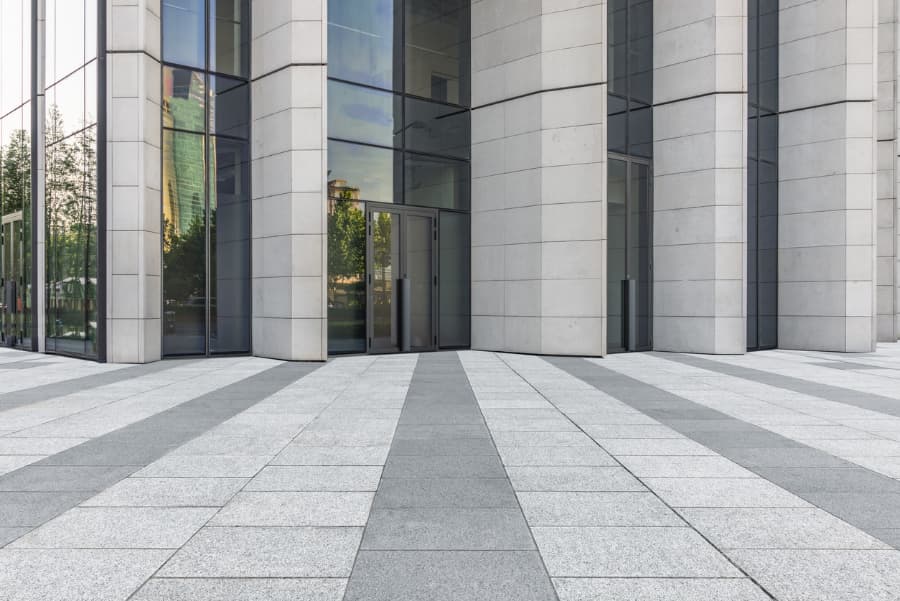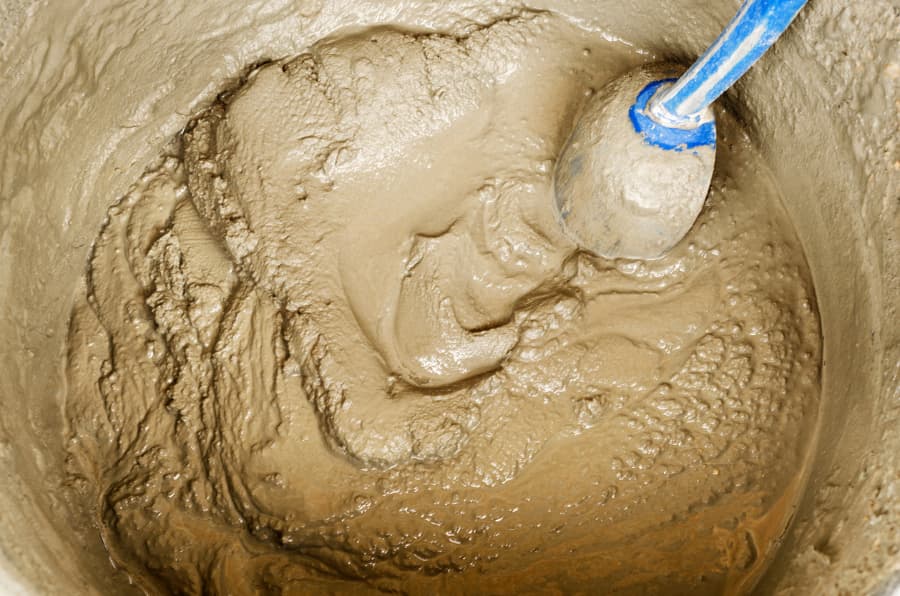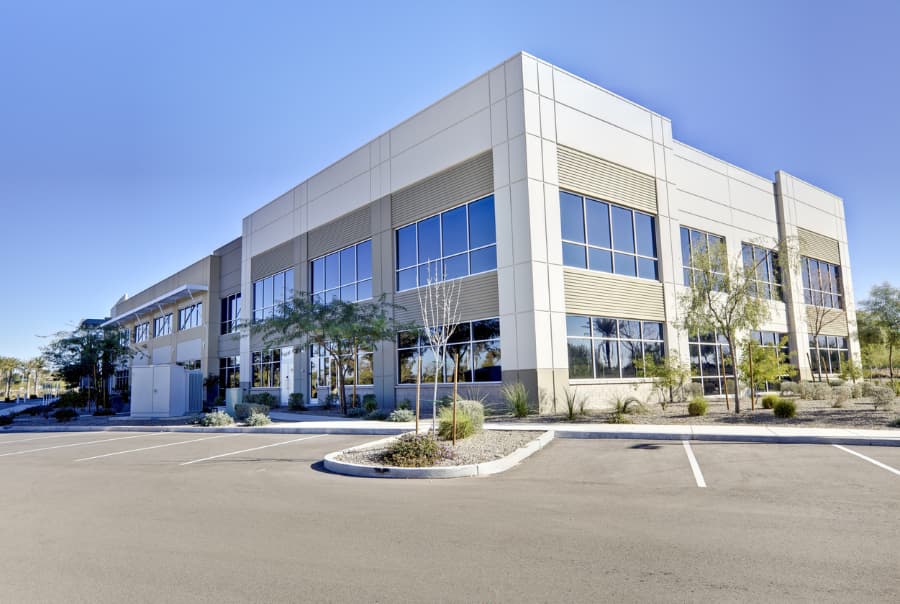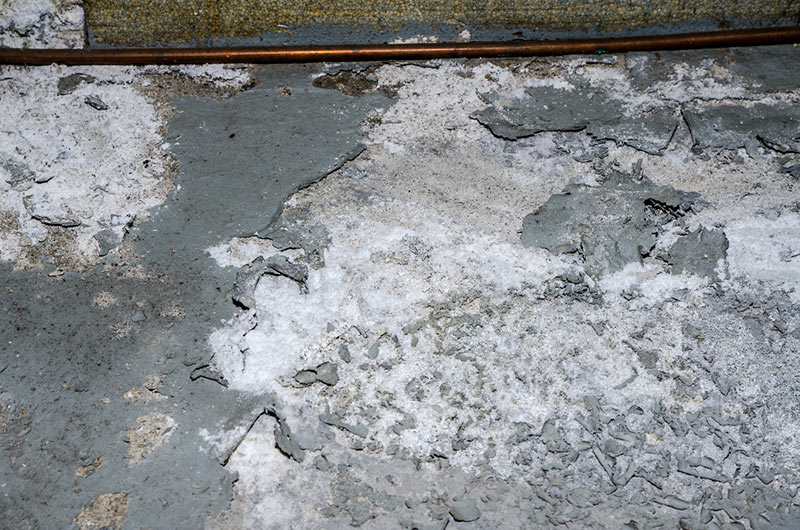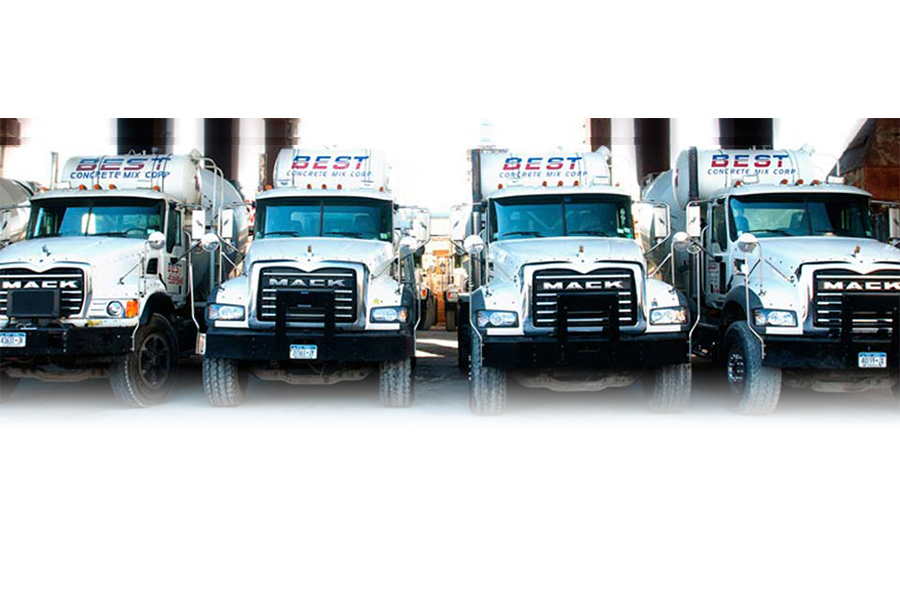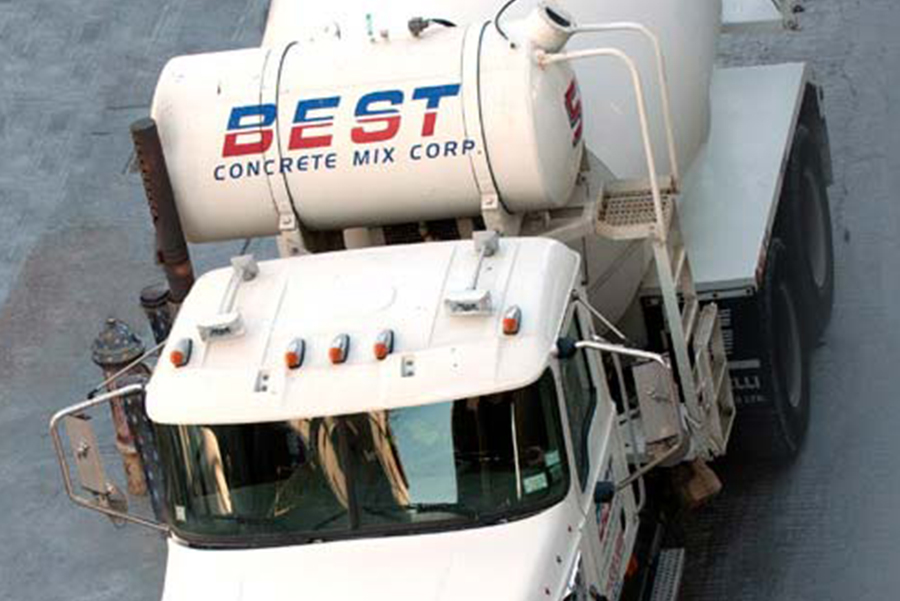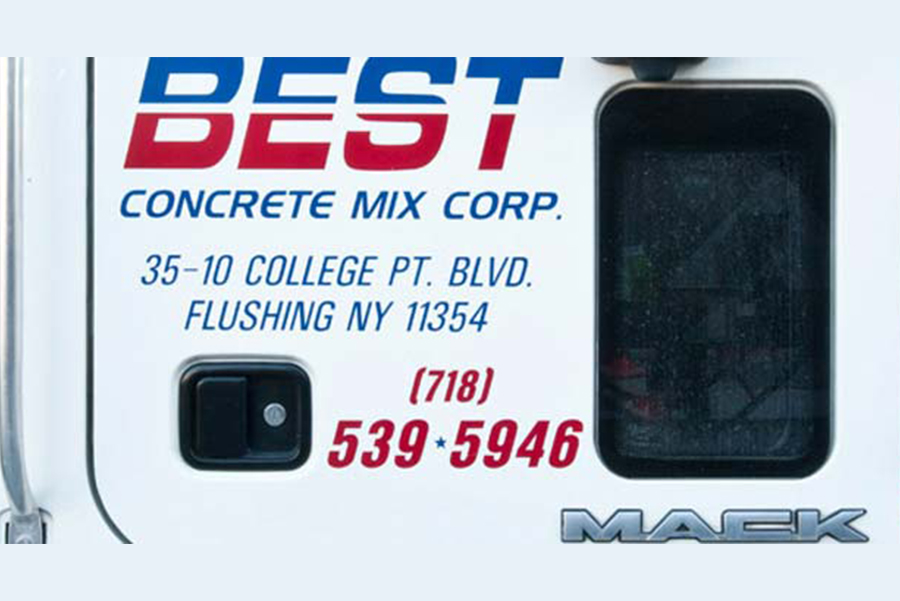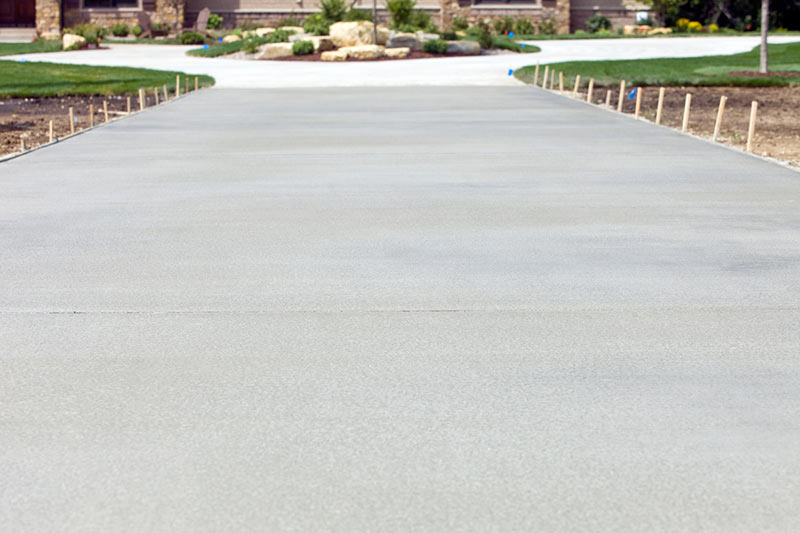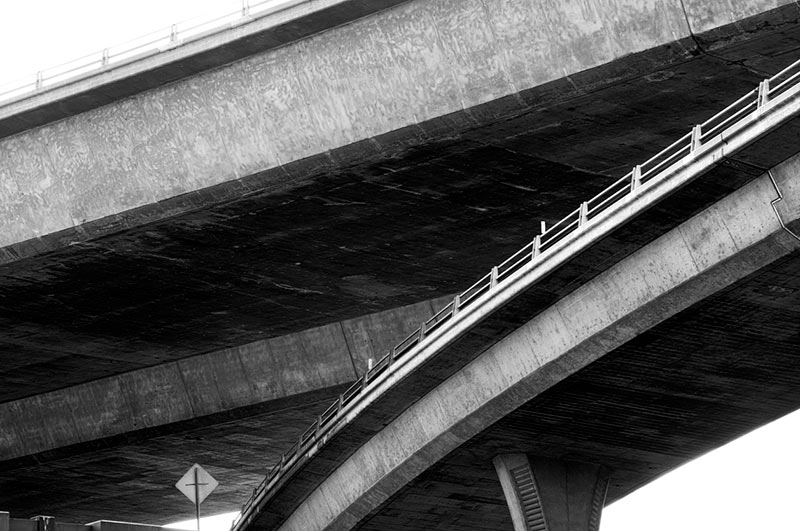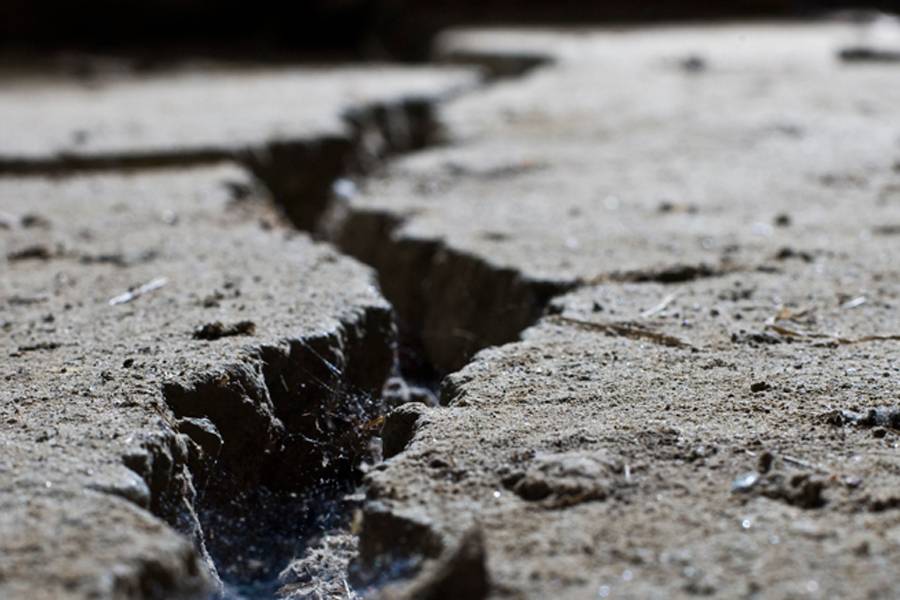
Can a Concrete Mishap be Corrected?
Most concrete suppliers deliver high-quality concrete installations, but accidents on the job and external conditions can lead to mishaps in the final product. Thankfully, there are numerous solutions available to remedy mistakes in concrete structures. For over 27 years, Best Concrete Mix Corp. has provided concrete products and services for various large projects throughout Flushing, New York. Here, we discuss what can cause mistakes with pouring concrete and how to fix them.
What Causes Concrete Mishaps?
Concrete surfaces are very durable, but they must be installed properly to retain their structural integrity over time. Utilizing proper mixing materials and installation techniques ensures your concrete structure withstands environmental conditions and lasts for decades. Being aware of improper concrete pouring practices and causes of deterioration helps you avoid mistakes in the first place.
Unsuitable Materials
Forming the right mix of materials is crucial for preventing early concrete failure. Mixtures with too much concrete, too much water, or too much aggregate material will not cure correctly, leading to a weaker structure. You also must ensure the aggregates in the cement types you choose mix well to prevent surface decline down the line.
Specific mixture elements can result in unique problems. For example, concrete made with steel rebar or wire mesh rusts if it comes into contact with moisture and oxygen, diminishing structural integrity. You can also cause chemical damage to your pavement if you use salt for traction in the winter instead of safer alternatives like sand.
Improper Curing
If the concrete does not cure at the appropriate time, it may weaken. Curing duration is determined by the mixture and the climate on the day of installation. For example, pouring concrete during intense heat often makes the water in the mixture evaporate quicker, resulting in dry and plastic shrinkage cracks.
Inadequate Reinforcement
Small and large concrete structures require reinforcement to ensure durability. Incorrectly placed reinforcement may cause the concrete surface to collapse under the weight of heavy vehicles or equipment. Therefore, reinforcement must be placed in load-bearing sections of the concrete to prevent the need for concrete restoration or repair in the future.
An Unstable Foundation
Concrete surfaces must be poured over compacted soil for a solid foundation. In some cases, gravel or other aggregate material must be placed above the soil for additional reinforcement before pouring concrete. Without a strong base, ground movement can occur and allow unwanted space to expand beneath the concrete surface, leading to buckling and cracking.
How Can You Fix Concrete Mistakes?
While mishaps occur with some concrete jobs, they are not beyond correcting. There are cosmetic solutions for smaller mistakes and thorough repair processes for larger mishaps. Regardless of the issue, you must fix the concrete structure to continue using it safely.
Smaller Mishaps
Sometimes your concrete suffers from minor mistakes, such as stains or simple wear and tear. Using a power washer quickly removes stains from dirt, oil, and tires while resurfacing repairs crumbling edges and small cracks. If your concrete looks worn or old, enhance it with staining or sealing for a fresher appearance.
Larger Mistakes
When it comes to serious issues in the concrete surface, you may need to consult a structural engineer or geologist to see if there is a problem with the underlying foundation or surrounding area. From there, you may need an installer to spread a thin layer of concrete mix over the surface with a trowel to make it even. Concrete repair kits are available for DIY fixers, as well, and come with instructions for placing the included epoxy.
Find High-Quality Concrete at Best Concrete Mix Corp.
Whatever mishap you may experience with your concrete job, there are various ways to correct these mistakes. However, it’s better to avoid mistakes when pouring concrete in the first place. When you need high-quality ready-mix concrete for your project, turn to Best Concrete Mix Corp. for help. With two manufacturing plants in Flushing, NY, we provide more concrete products than our competitors in the same amount of time. For more information on the numerous types of concrete we offer, contact us today.

